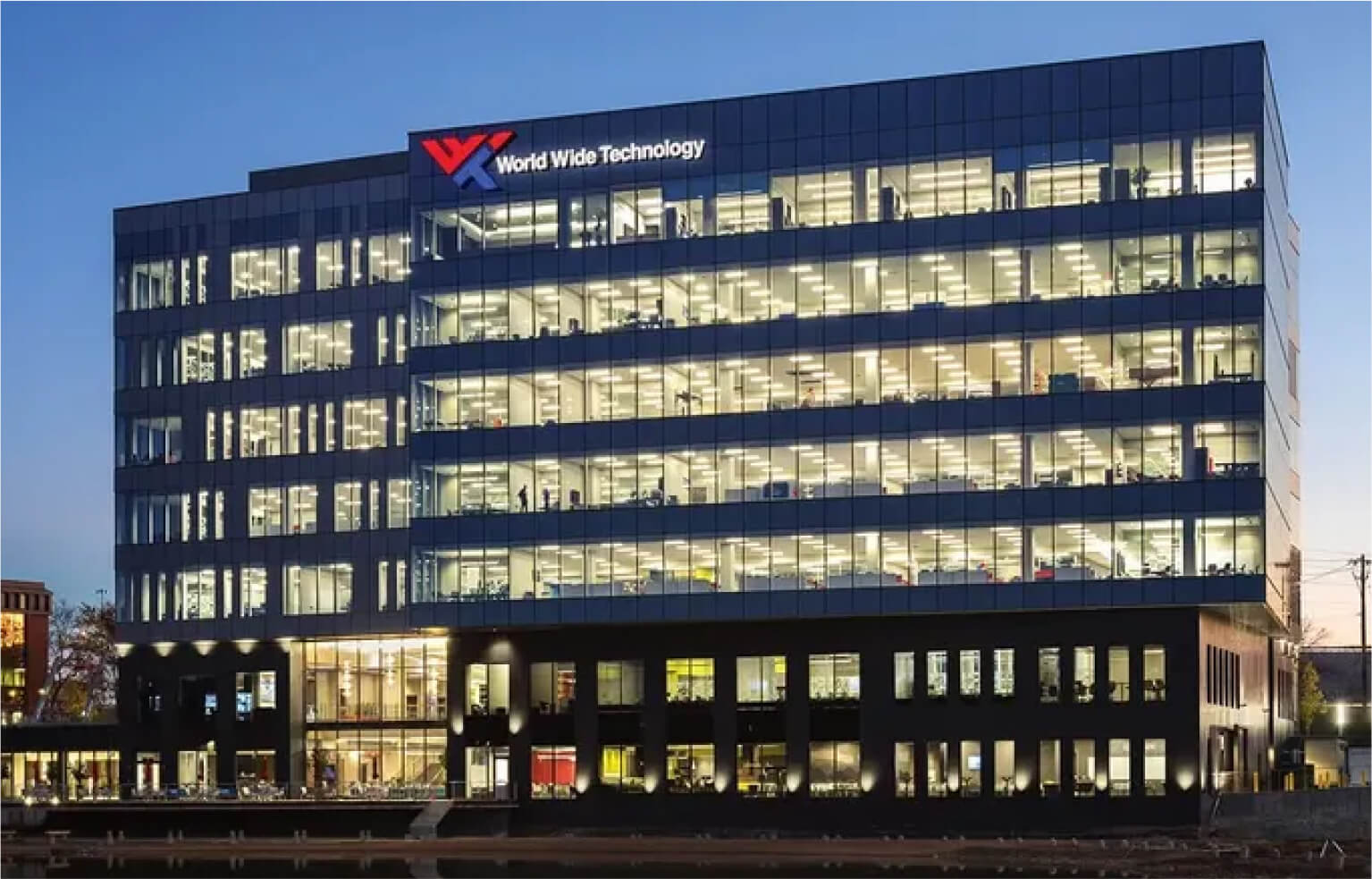What is Test Environment Management?
This crucial practice facilitates the optimisation of the software delivery process by furnishing delivery teams with validated, stable, and readily available test environments at the necessary times. These environments are instrumental for executing test scenarios and replicating incidents with precision.
The 7 Pillars Of Test Environment Management
1: Foundation
The building blocks of knowing what you have, how its configured and who wants to use it. This includes:
- Policy, Strategy and Standards
- Environment Modelling
- Environment (& infrastructure)
Provisioning
- Demand Management

2: Resilience
Highlights that the environments are up and running. This includes:
- Health Checks
- Monitoring
3: Orchestration
Day to Day activities to ensure environment availability. This includes:
- Environment Maintenance
- Deployment Management
- Configuration Management
4: Service Support
Resolve all environment related issues and requests. This includes:
- Issue Management
- Service Requests Management
5: Data Operations
Provides consistent and accurate data. This includes:
- Data Modelling
- Data Masking
- Synthetic Data Creation
6: Enabling Technology
Facilitate and support innovation. This includes:
- Resilience Automation
- Deployment Automation & DevOps
- Service Virtualisation
- Infrastructure as Code
- Test Data Tooling
- Test Environment Tooling
7: Reporting
Provides oversights to ensure all target measures are achieved. This includes:
- SLA Target Measures
- Detailed KPI’s and metrics
- Management
- Oversights

Trusted by Leading Organisations
Infuse Consulting has helped some of the world's biggest companies; from Professional Services Organisations, to Higher Education Institutions, Travel & Retail Companies to Government Bodies across both the Public and Private Sectors.
Case Studies
Here are a few examples of our work in various sectors:

Speak to an expert!
Infuse has over 20+ years experience helping organisations create and optimise their software testing, ensuring their software works better, faster and smarter. If you want to learn more about how Infuse can help you, book in a call with us today!













